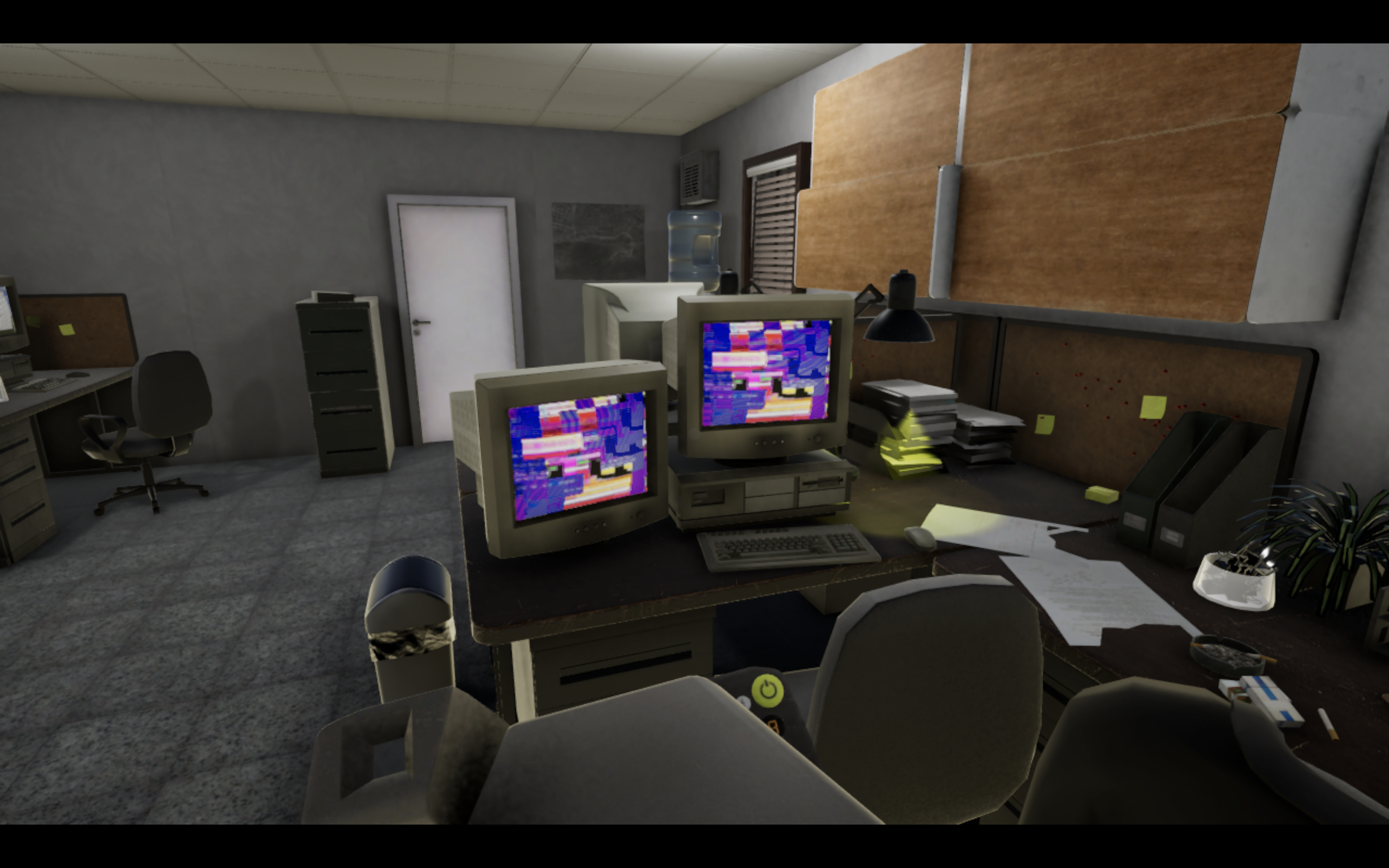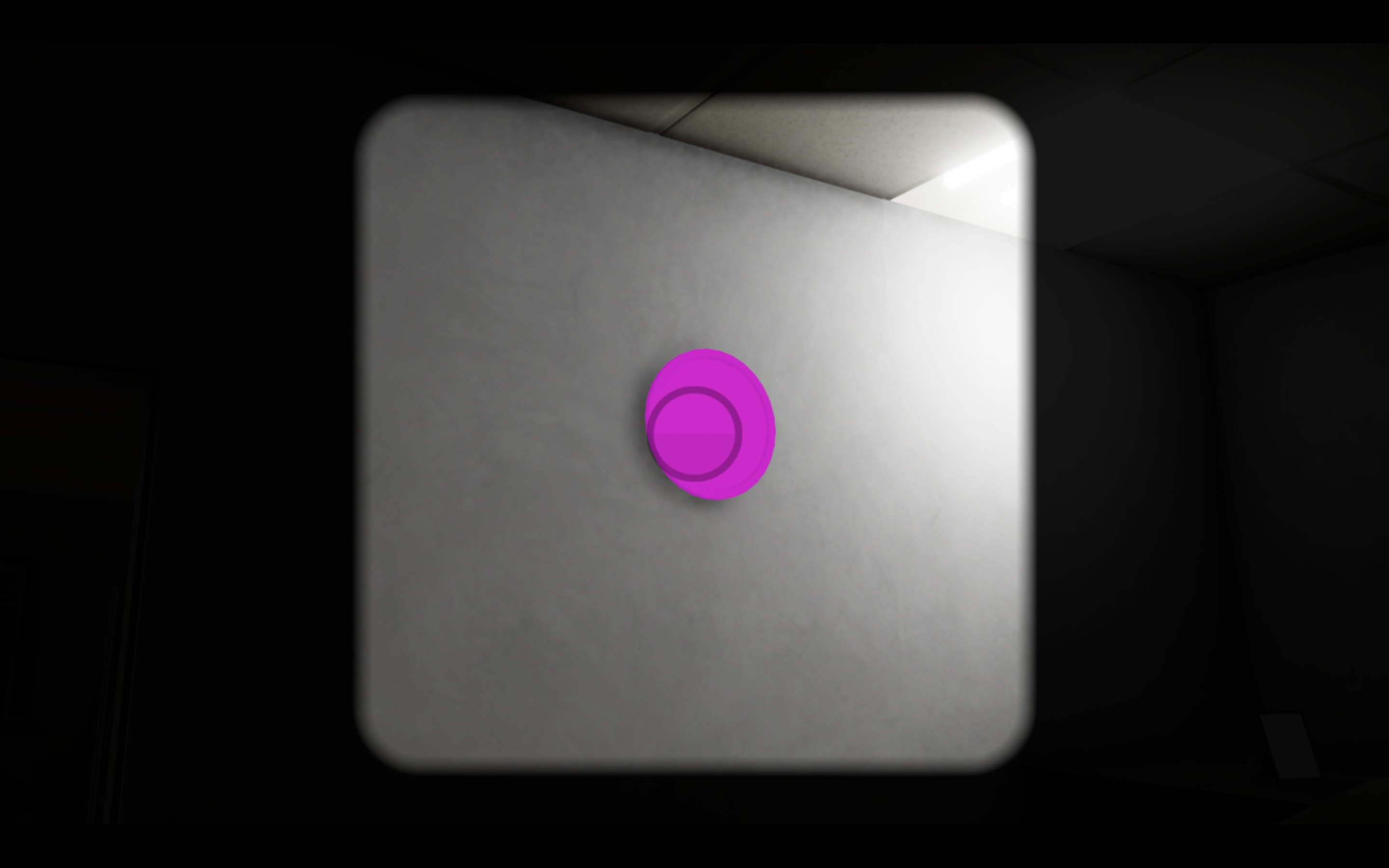
TL;DR
Quality Assurance is a solo game development project under the Sekochi Games production. It’s main game design is inspired by Exit 8
with a Black Mirror-like story telling. In this game, you are transported into the meta-verse to be a Quality Assurance and make sure every asset is working correctly by inspecting its looks, function, sound, and placement. The game suddenly takes a steep turn depending on the ending you choose.
Introduction
There has been a surge of games with the theme Anomalies within the market that is popularized by streamers. The game’s premise is to inspect a generic environment filled with seemingly normal objects. Amongst them there were a couple objects that deviate from the normal, we call these as Anomalies.
You usually start with a room that is free from these Anomalies. Within this room, you need to memorize the layout, the looks and feels of the object around you, and if you’re confident that you’ve remembered everything, you move on to the next room with identical objects but may be spreaded with Anomalies amongst them.
These Anomalies may look different than the objects you’ve seen before. Usually it follows a horror them with the addition of blood, gore, or any harmful intents towards the player to build an eerie environment that keeps you on your toes.
Following these game design, we tend to see a revolving copycats around the original concept of simple Spot the Difference Puzzle , with some adding rather interesting mechanics to spot the difference or adding a narrative elements to the base game itself. Other than thematic changes, the genre grew in popularity due to its simplicity but also heading towards staleness as cash-grabby developers capitalize in this trend with the lowest effort of thematic changes.
What’s Special about this Game
The game takes a new approach of how to report anomalies and deal with anomalies, have some narrative elements and decision making towards how you approach the game, and a game loop that is easily expandable.
Improving the Base Game
The base game of this genre usually lets player spot the anomalies, if they do find the anomalies, they need to take certain actions, usually going to a different route stating that this room has anomalies, or moving forward stating that this room is free from anomalies. The game ends when you guessed right $x$ amount in a row.
Some variations include reporting the anomalies, where you have a special tool to report, remove, or interact with the anomalies. Either way, the premise is Spot the Difference X Times, Win the Game.

Quality Assurance is a game where an individual gets sucked into a meta-verse for a job that they applied for. That job is called a Quality Assurance, where they need to inspect the environment for objects that deviate. The deviation can be either Looks (the look different than before), Function (they don’t function as intended), Sound (objects that make sounds suddenly don’t or make different sound than usual), or Placement (objects is not placed in the same spot as before).

As a Quality Assurance, you need to not only spot these anomalies, but also report it by tagging what kind of anomaly it is. The player is given a printer camera to shoot the scene with anomalies and tag the printed picture with a special label to be evaluated. Once all of the anomalies have been reported within the level, you can move on successfully. However, doing it prematurely might make you restart to the Base Level (the level without anomalies) to relearn the structure.
What Will Make it not Stale
Quality Assurance is a game about Spotting and Reporting Anomalies. It immerses you into a close-to real-world experience of this profession. The game teaches you how to spot and understand the difference between by each stage you go through with seamingly increasing difficulty.
The game loop itself is aimed towards replayability, thus requiring development to create a procedural selection of objects to anomalize to randomize the selection, unlike other games in this genre where a certain number of anomalies is defined beforehand. With this (close to) truly random level with procedural selection for balancing, we can make endless variations of the level for the players to play in.
On top of this, we can create increasing challenges such as Speedrunning, Highscoring, etc. This creates an ecosystem for the existence of replayability towards achieving more in the game. With this main mechanic set into place, we can add supporting mechanics to de-linearize the game further.
Targetting a Bigger Audience
The main success of this genre was due to streamers ability to put fire on the marketing gasoline of this game. The game was simple to play while the anomalies we’re well-crafted to invoke reactions of the streamers and audience. The more reactive you can get the streamers to react, the more streamers would favor to play this game, the more recognition you get to general players who would buy your games to try out for themselves.
Therefore, to strategize for this, Quality Assurance splits the Game Loop with the Narrative Loop of the game. This means that the game has two modes: Story Mode (Narrative Loops) takes a piece of the game loop as a story driver and a medium of how players can interact with the story in general, and Endless Mode (Pure Game Loop) puts the whole game loop to the game to achieve something replayable within it.
This strategy plans to make streamers play the game in Story Mode, showcasing the games mechanic proportionally, adding intensive anomalies that are more creative and shock-provoking than the usual, while also funneling the marketing into the general players. The general players tend to expect more from the game they bought, playing the Story Mode, testing everything out, playing the Endless Mode and hopefully captivates some players in the process to stay.
Overall (Current Condition)
The game is currently open for Closed Beta, many aspects of the game are being thoroughly tested for their experience, technical aspects, etc.
